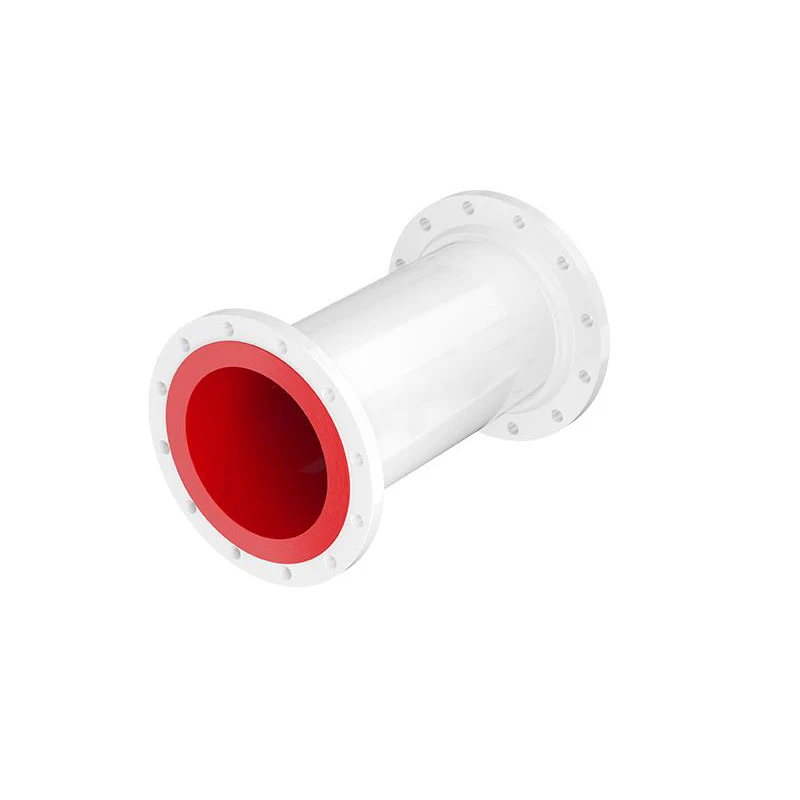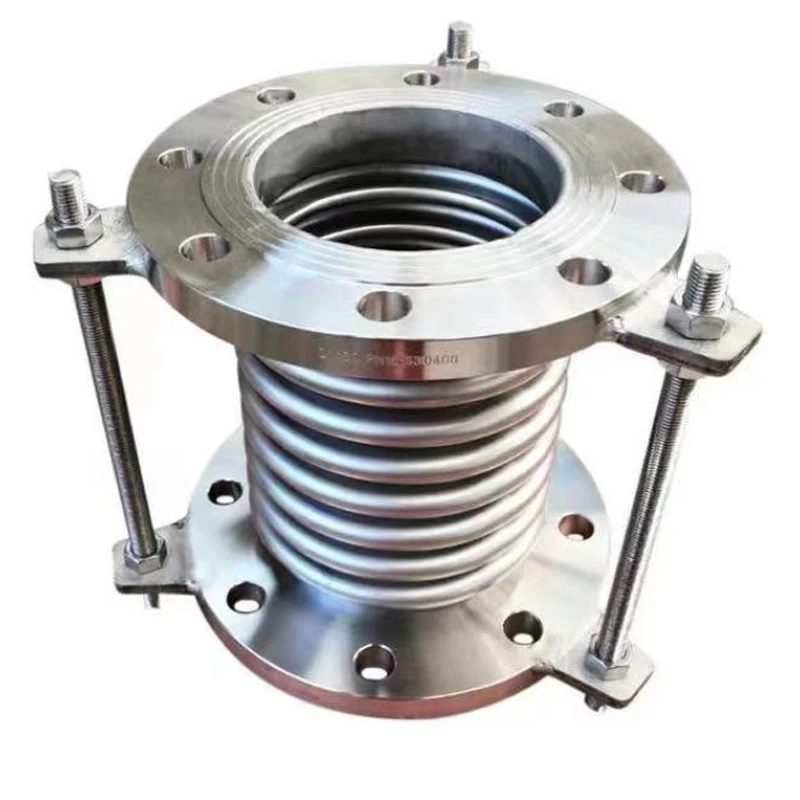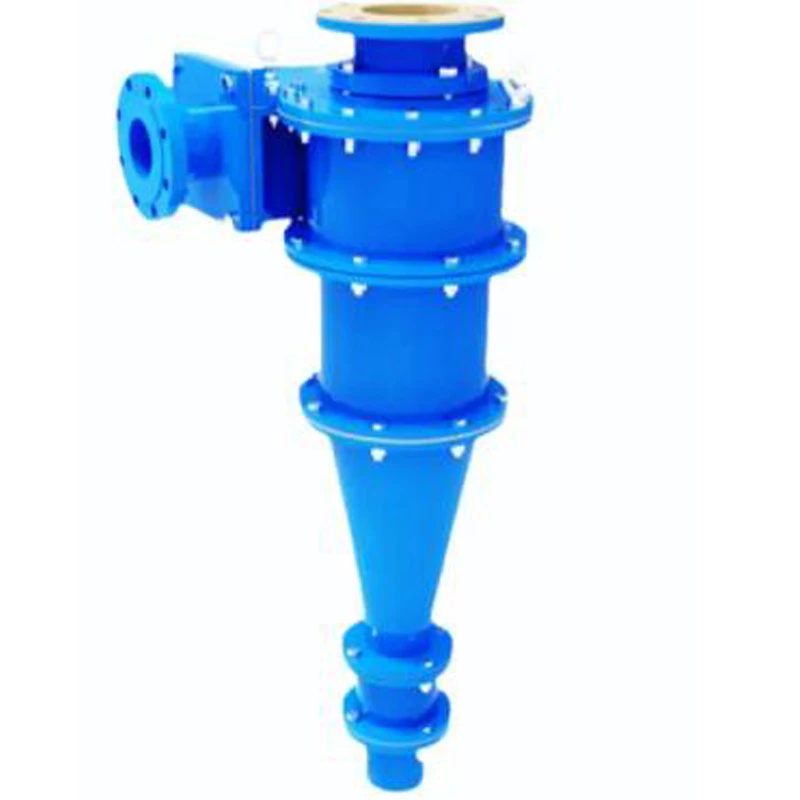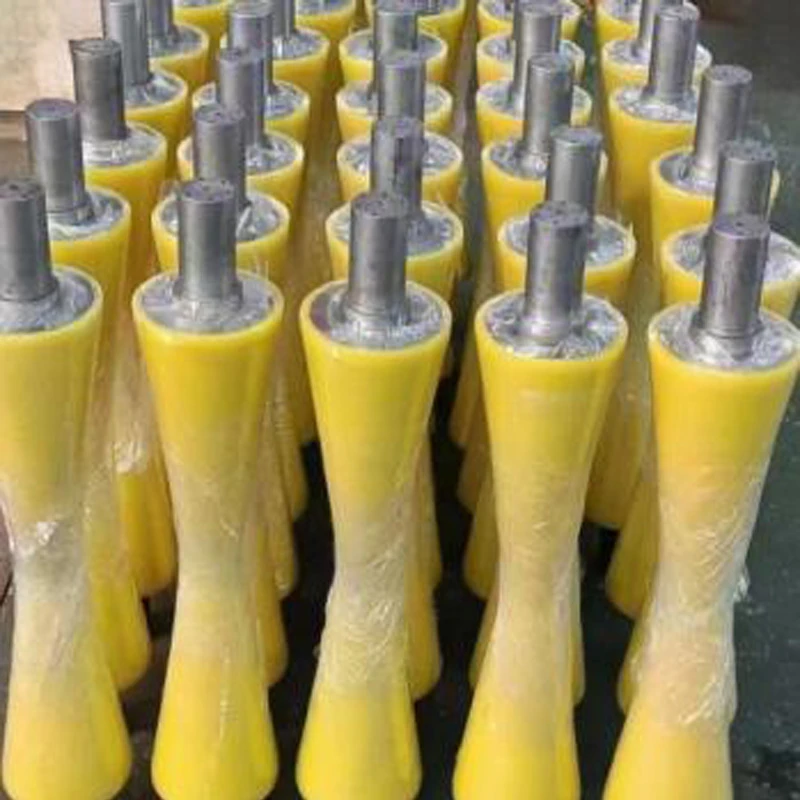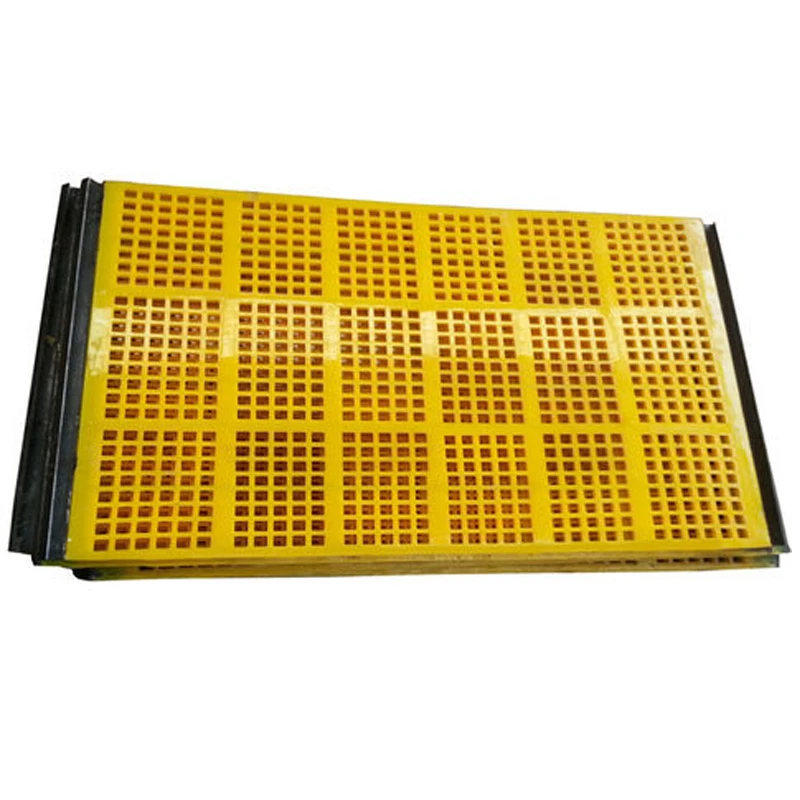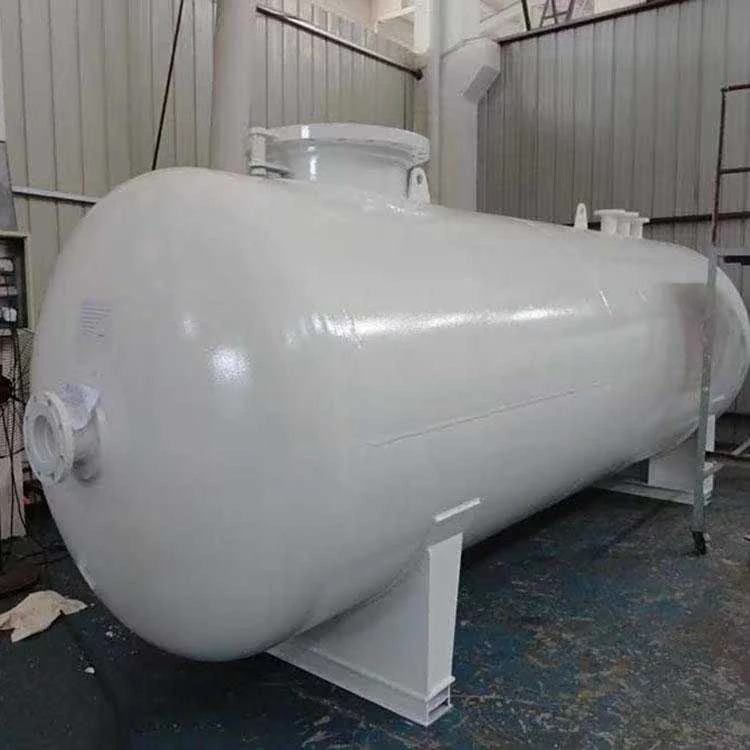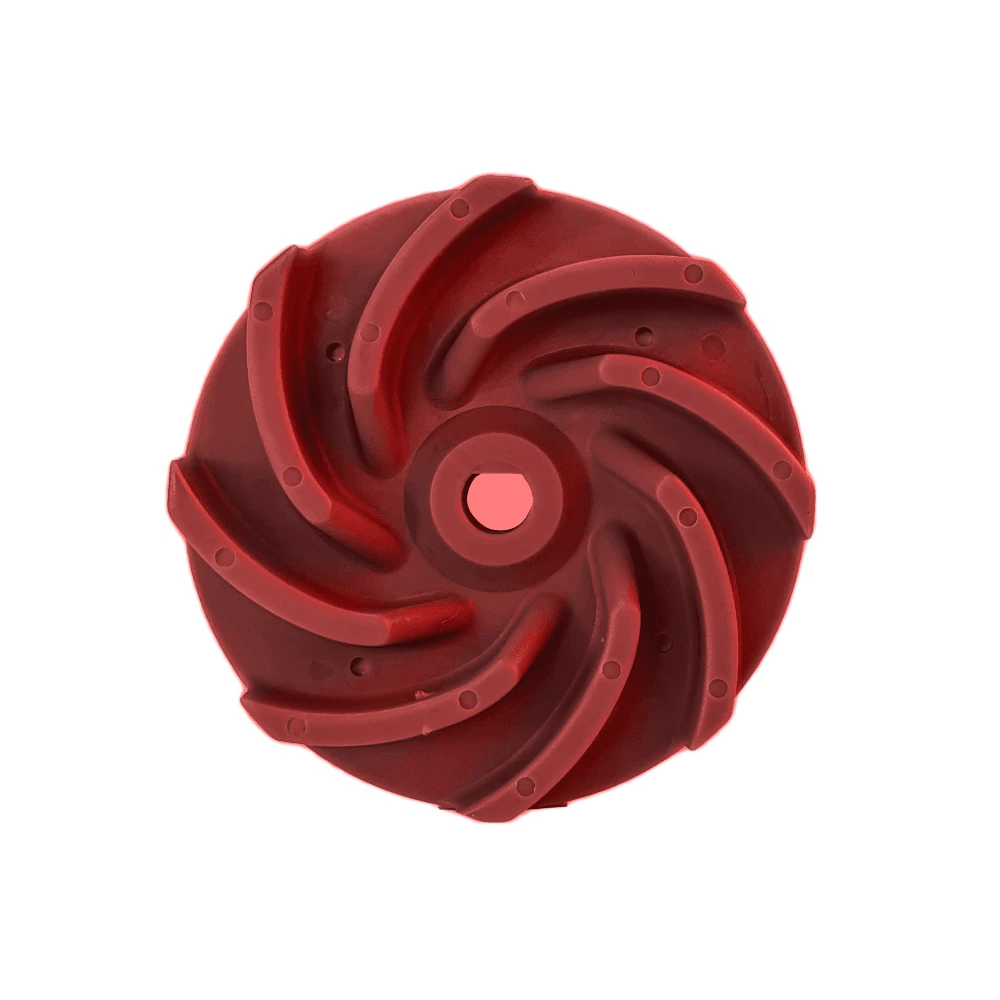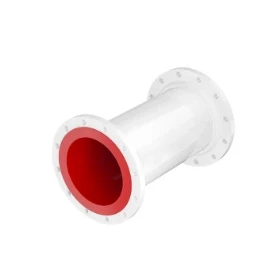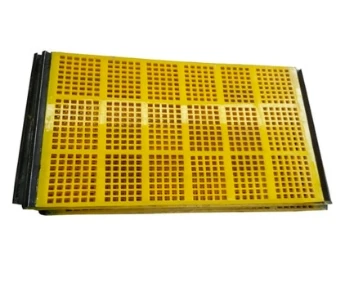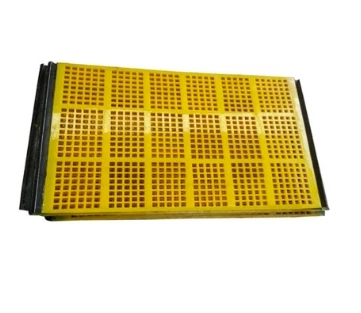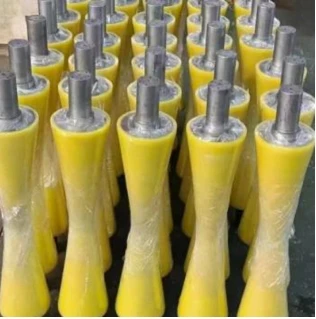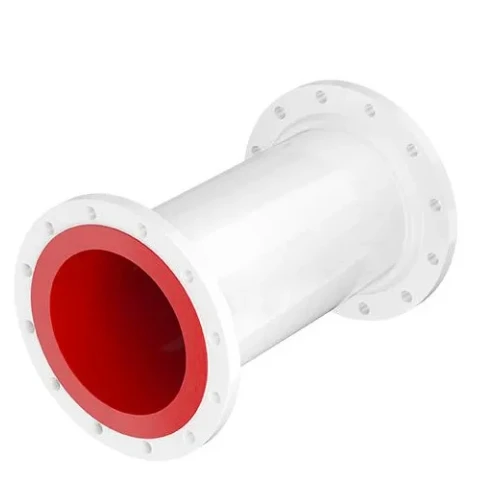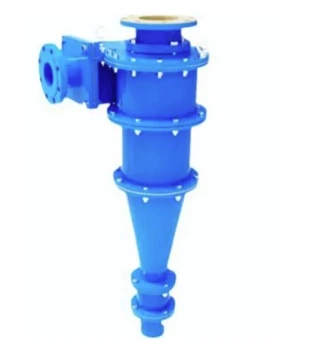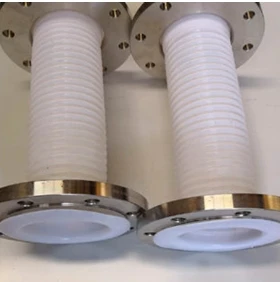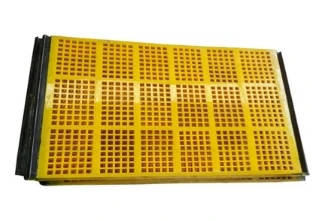PTFE Lined Metal Hose: High-Temp Chemical Resistant
The **ptfe lined metal hose** has become an industry standard for high-performance fluid transfer, combining the remarkable chemical inertness of PTFE (polytetrafluoroethylene/“Teflon”) lining with the mechanical strength of metal hoses. This article delves deep into ptfe lined metal hose technology—contrasting it with ptfe lined rubber hose and stainless steel braided hose teflon lined—covering manufacturing, technical parameters, emerging market data, custom solutions, and field-proven case studies, all underpinned by authoritative standards and expert guidance.
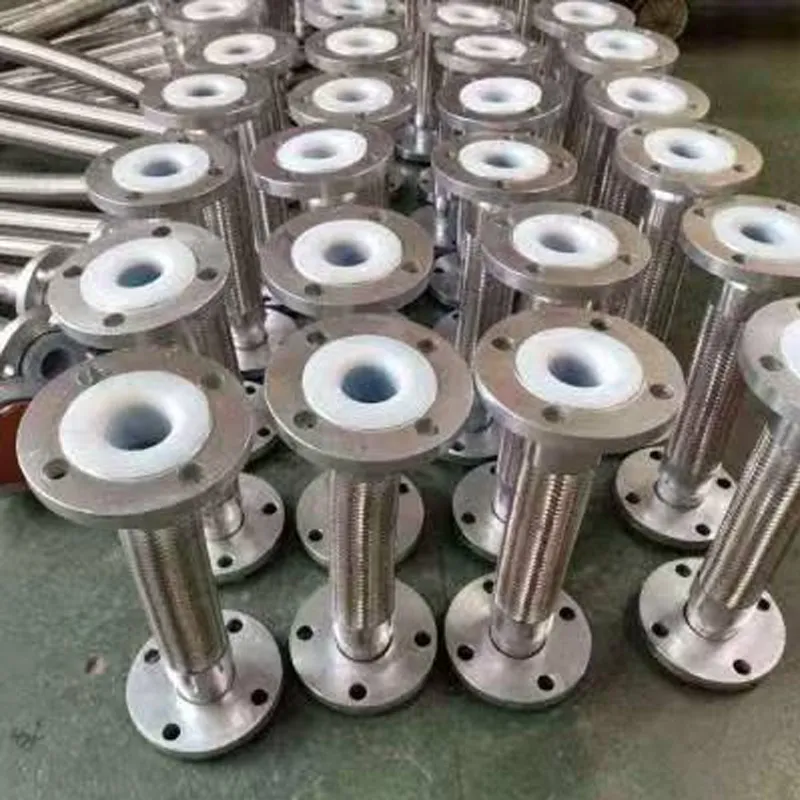
Industry Overview & Market Trends (2024)
The global ptfe lined metal hose market is valued at $1.03 billion (2023) and expected to grow at a CAGR of 5.2% through 2028 [Source: Markets&Markets]. Major adoption is witnessed in petrochemicals, food & pharma, and advanced manufacturing due to:
- Rising demand for anti-corrosive, flexible pipeline solutions
- Stringent international process safety (ISO 9001:2015, FDA CFR 177.1550)
- Replacement of legacy rubber or PVC hoses in harsh chemical/thermal environments
Technical Parameters & Performance Comparison
The following table systematically compares ptfe lined metal hose, ptfe lined rubber hose, and stainless steel braided hose teflon lined across critical metrics:
| Parameter | PTFE Lined Metal Hose | PTFE Lined Rubber Hose | Stainless Steel Braided Hose Teflon Lined |
|---|---|---|---|
| Inner Material | 100% Virgin/PTFE (FDA/ISO) | PTFE Tube + Rubber Backing | PTFE Tube / SS304/316 cover |
| Outer Braid | SS304/SS316/Monel | EPDM/NBR rubber | Stainless Steel Wire Braid |
| Temp. Range (°C) | -70 ~ +260°C | -40 ~ +150°C | -60 ~ +250°C |
| Pressure Range (bar) | 10–300 bar | 5–50 bar | 10–170 bar |
| Chemical Resistance | Full-spectrum (pH 0–14) | Acids, limited alkalis | Excellent (pH 0–13) |
| Flexibility | Medium–High | Very High | High |
| Certifications | ISO, FDA, ANSI | ISO | ISO, FDA (some models) |
| Usage Life (hours) | 80,000–100,000 | 8,000–20,000 | 30,000–70,000 |
| Industry Suitability | Petrochemical, Pharma, Food, Electr. | Water, General Industrial | Automotive, Gas, Oil |
Manufacturing Process: PTFE Lined Metal Hose
Let’s break down the industry-leading ptfe lined metal hose manufacturing pipeline, combining metallurgy, polymer science, and precision fabrication.

Schematic: ptfe lined metal hose—from PTFE extrusion to finished, full-braided assembly.
- PTFE Liner: 100% Virgin PTFE (ASTM D4894), FDA/ISO 9001 certified
- Metal Corrugation: SS304L/316L (ASTM A240, EN 1.4301/1.4404), customizable thickness 0.18–1.2mm
- Braiding: Multi-wire SS304 or SS316, up to ASTM A313/A580
- End Fittings: CNC turned, WN, Flange, Tri-Clamp, BPT & custom
- Testing: Hydrostatic (EN ISO 10380), Helium leak (
Key Technical Charts & Visual Data
| Property | Data | Test Method/Standard |
|---|---|---|
| Inner Diameter | 6–150mm | EN ISO 10380, ANSI B16.5 |
| Operating Pressure | 10–300 bar | ISO 9001, EN10204 3.1 |
| Burst Pressure | ≥ 2.5× WP | EN ISO 1402 |
| Min. Bend Radius | 6× ID | Internal, Visual |
| Service Temp. | -70 to +260°C | ISO 15540 |
| Liner Thickness | 1.5–4.5mm | ASTM D1598 |
| End Connections | Flange, BSP, NPT, Tri-Clamp | CNC Machined |
| Service Life | 80,000–100,000 h | Accelerated Test |
Why Choose PTFE Lined Metal Hose?
Superior corrosion resistance, elevated temperatures, and pressure containment define the advantages of ptfe lined metal hose. Crucial benefits over other hose types include:
- Universal Chemical Inertness—safe against 99% of industrial chemicals (incl. H₂SO₄, HF, NaOH, chlorine, organic solvents)
- Temperature Resilience—from cryogenic (-70°C) to superheated (+260°C)
- Ultra-Hygienic—non-stick, microbial-resistant, meets US FDA & EU 10/2011
- Fatigue & Kink-Resistance—ideal for frequent movement, vibration, or cycling lines
- Long Service Life—>100,000 operational hours in controlled conditions (peer-reviewed: Materials & Design Journal)
- Customizable assembly for hazardous fluids, steam, vacuum, and aggressive environments
Typical Application Scenarios
PTFE lined metal hoses are engineered for mission-critical use-cases where both chemical and mechanical integrity are mandatory. Main industries:
- Petrochemical: acid/caustic transfer, loading arms, transfer skids, tank truck unloading
- Pharma & Biotech: high-purity water, SIP/CIP cleaning, solvent recovery, reactor piping
- Semiconductor & Electronics: ultrapure gas transfer, cleanroom processing lines
- Metallurgical: molten metal degassing, acid pickling lines, oxy-fuel systems
- Food & Beverage: flavorant/acid lines, beverage transfer, syrup/filling lines—meet FDA 21 CFR 177.1550
- Water Treatment: dosing skids, ozone/UV systems, chlorine and acid handling
Project: Sulfuric Acid Blending Line, 46 bar @ 115°C, 160m flexible loop.
Solution: DN50 ptfe lined metal hose with SS316 braid, butt-welded flanges, custom bend radii.
Result: 37% downtime reduction, zero leaks over 12 months; certified to GOST, ISO 9001, and client's internal hazard analysis.
Client: Multi-state pharma manufacturer (FDA inspected)
Need: Absolute containment of isopropanol and acetonitrile, with full traceability.
Approach: SMP-verified ptfe lined metal hose, FDA-certified liner, Tri-Clamp sanitary ends, full material documentation (EN 10204 3.1).
Result: Passed 3rd-party validation with ΔP
Manufacturer Comparison Table (2024)
| Company | Key Markets | Certifications | Notable Feature | Typical Delivery (days) |
|---|---|---|---|---|
| QWMetal | Petrochem, Pharma, Semiconductors | ISO 9001, FDA, EN10204 3.1, PED | Full traceability, Custom CNC ends | 7-15 |
| Parker | Automotive, Oil & Gas | ISO, FDA, ANSI B16.5 | Global tech support | 10-21 |
| Swagelok | Semi, Gas, Nuclear | ISO, ANSI, EN standards | X-ray tested welds | 14-21 |
| Aflex Hose | Biotech, Food | USP Class VI, FDA, ISO | Sanitary-grade, ultra-flex | 10-17 |
Customization Options & Engineering Service
- Diameter Range: DN6 – DN150 (1/4" – 6")
- Liner: Virgin PTFE, Antistatic PTFE, Pigmented PTFE
- Braiding: SS304, SS316, Double/Single-Weave, For Hazardous/X-ray Exposure
- Connections: Flange, NPT, BSP, Camlock, Tri-Clamp, custom quick-release
- Jacketed/Suction/Heated Variants: For thermal management, cryo/steam environments
- Length & Bend Radius: Any configuration as per ISO 10380/ANSI B16.5 user spec
- Validation: 3.1/3.2 material, hydro test, X-ray, NACE/MRO, FDA/USP/BAM certificates
Quality Assurance, Lead Time & After-Sales
- Factory Audit & Certifications: On-site ISO 9001:2015, PED, and FDA annually audited
- 100% Hydrostatic and Helium-tested prior to shipment—per EN ISO 10380, ANSI/ASME B31.3
- Standard Lead Time: 7–15 days; expedited 48h rush for critical needs
- Warranty: 18–36 months, full coverage against manufacturing defect and liner delamination (see QWMetal warranty policy)
- After-Sales/Support: 24/7 technical support, on-site installation, and live-video troubleshooting available worldwide
FAQ: Technical Expert Answers
Conclusion & Further References
The ptfe lined metal hose—with its unmatched blend of chemical inertness, mechanical strength, and hygienic performance—is the fluid transfer solution of choice for modern process industry. Market trends favor rapid adoption in high-stakes sectors (petro, pharma, F&B, semicon). Wide customizability, robust engineering pedigree, and globally validated standards assure both safety and operational continuity.
Related Products
Our main products are polyurethane lined pipes, mining equipment fittings and metal hoses.




